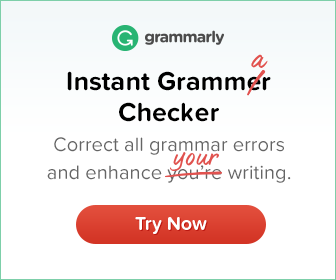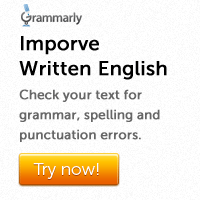What exactly is standard English?
November 30th, 2010 in Style Guide
Standard English is that particular variety of English which is regarded as appropriate for most types of public discourse. This is the kind of English used for broadcasting and in almost all publication. It is also the kind of English used in conversation with anyone other than intimates.
Standard English is only acquired through formal education. Needless to say, only the well educated have a decent command over it.
Standard English has both spoken and written forms. Interestingly what may be normal in standard written English, needn’t necessarily be normal in standard spoken English.
British and American differences
Standard English does not have the same form around the globe. For example, in standard American English, the past participle form of got is gotten whereas in standard British English the past participle form of got is got itself. Similarly users of standard American English write color, meter and center, while British users write colour, metre and centre.
Like every other form of English, standard English, also changes over time. For example, some structures that were considered standard in early nineteenth century are no longer considered standard.
Is standard English better?
Not necessarily. It is important to note that standard English isn’t superior to any other variety of English. It is not more grammatical or more expressive. But, yes, the use of a single standard form which is acceptable around the globe minimizes uncertainty and confusion. What is more, the standard form of English enjoys greater social prestige than other forms; consequently acquiring a decent command over standard English is now essential in most careers.

